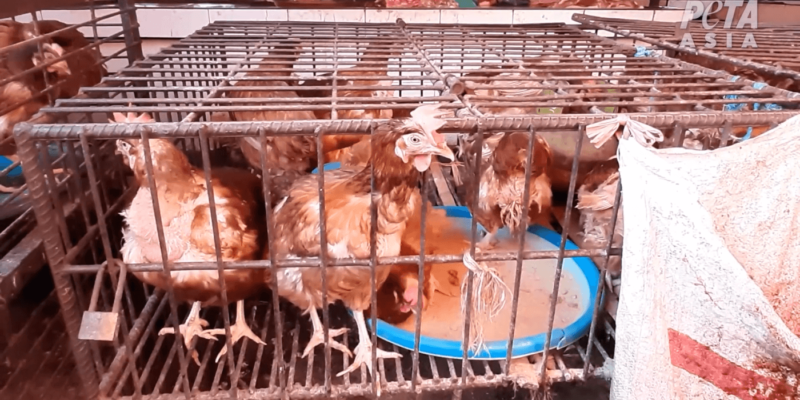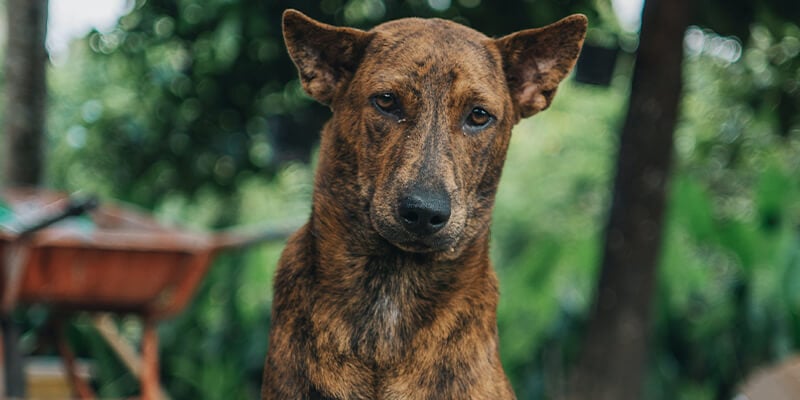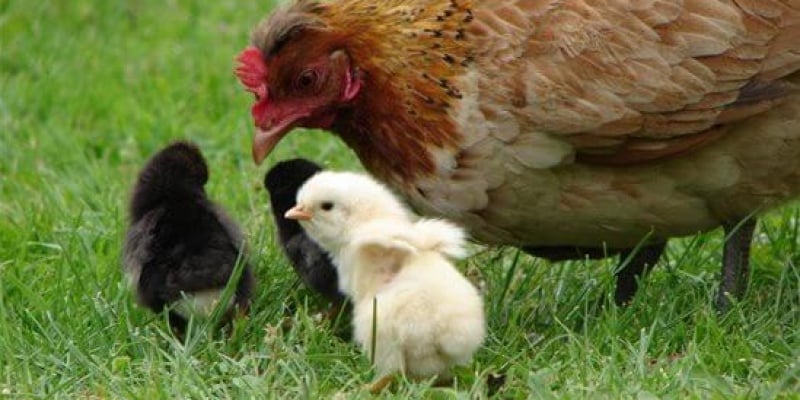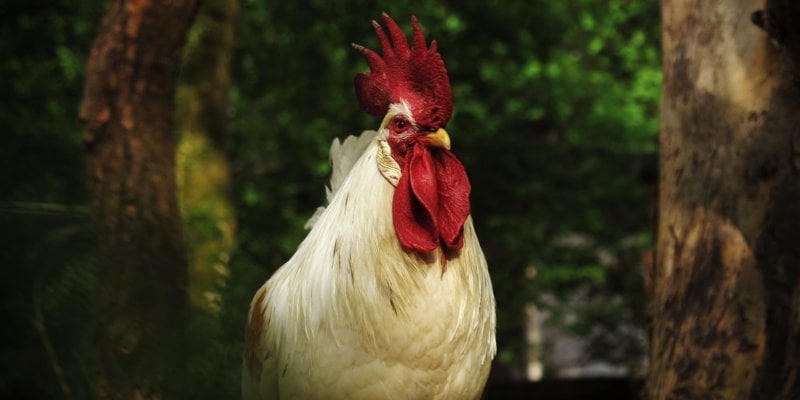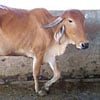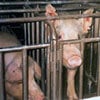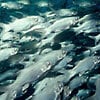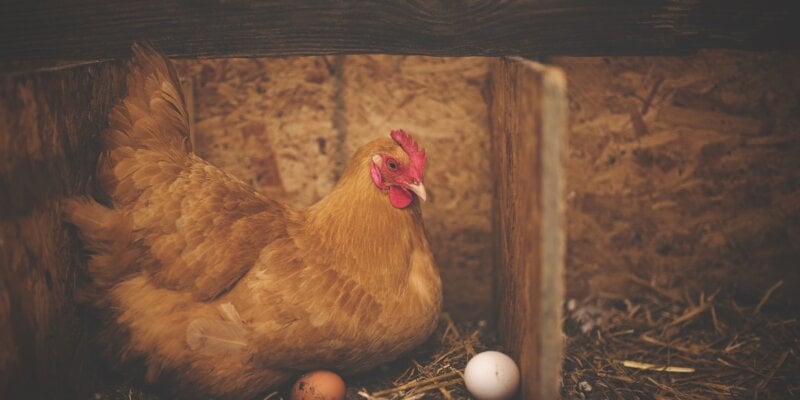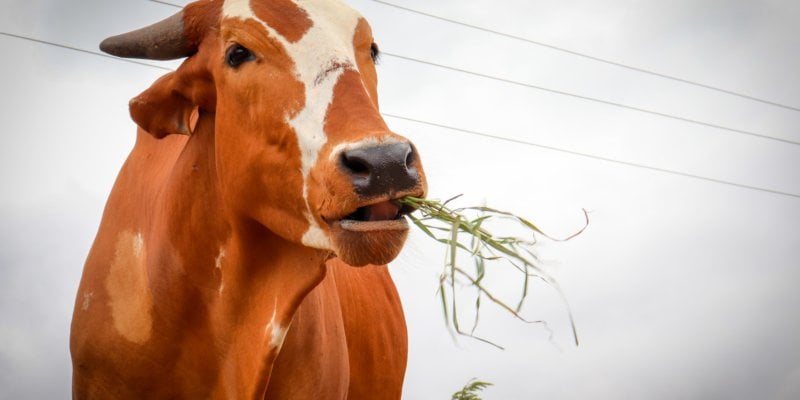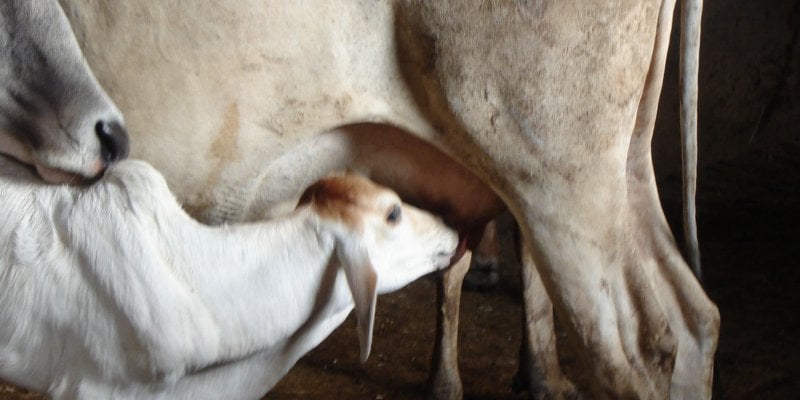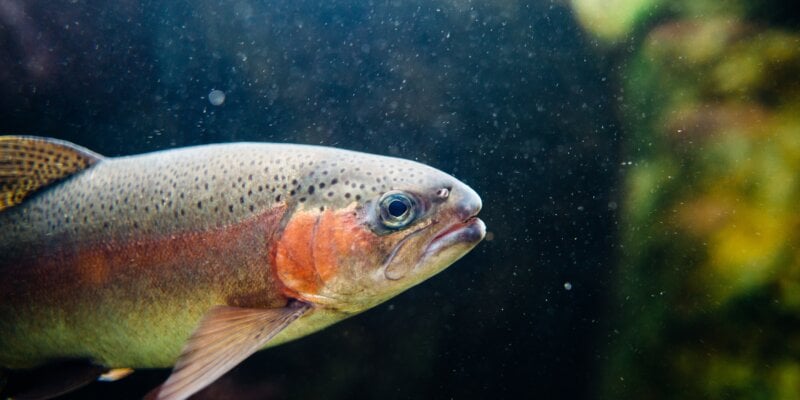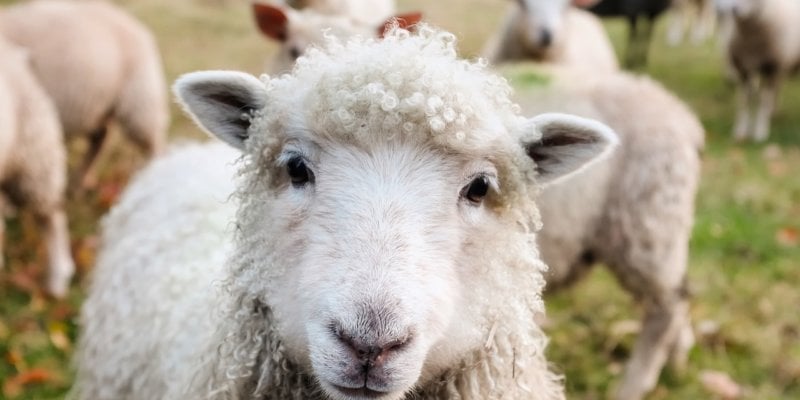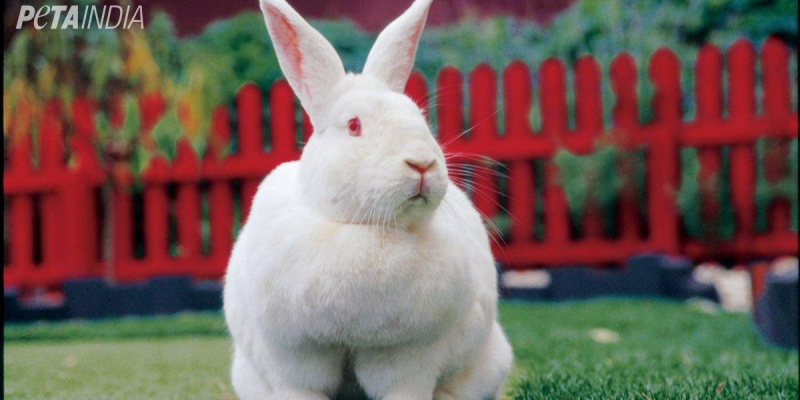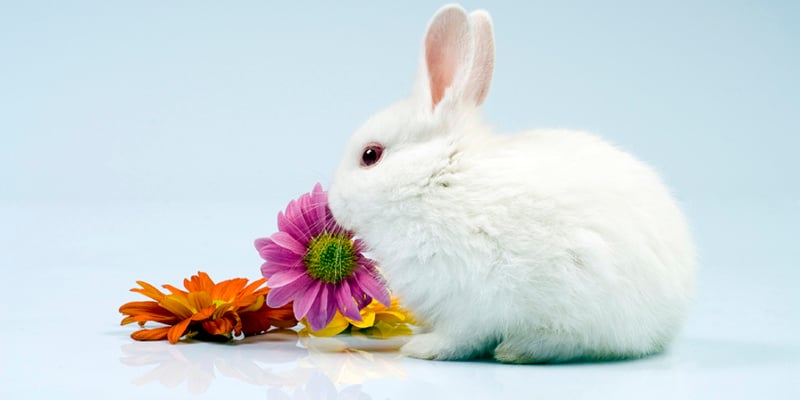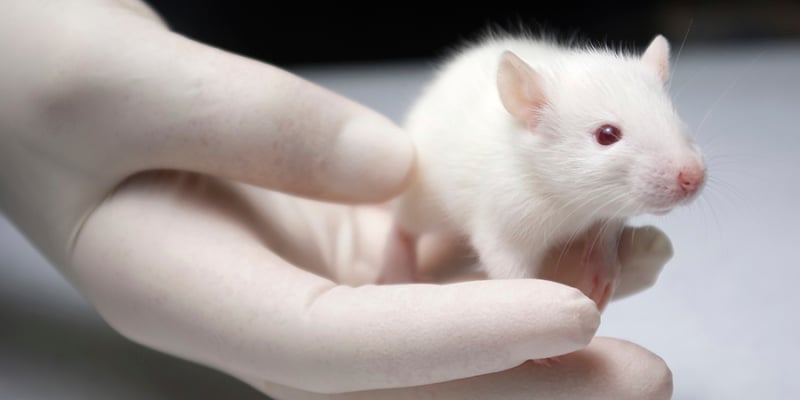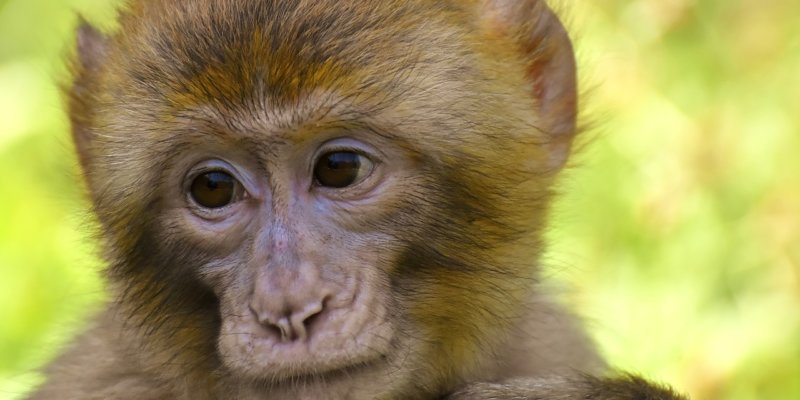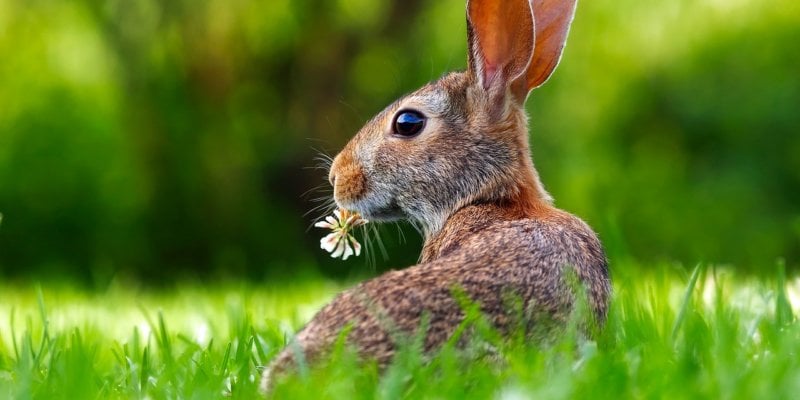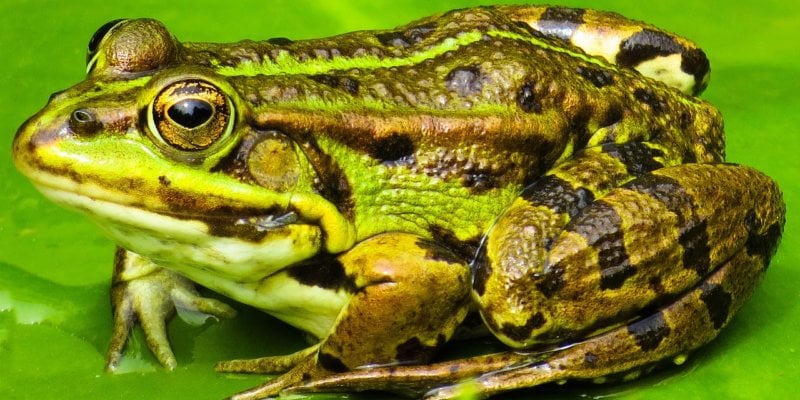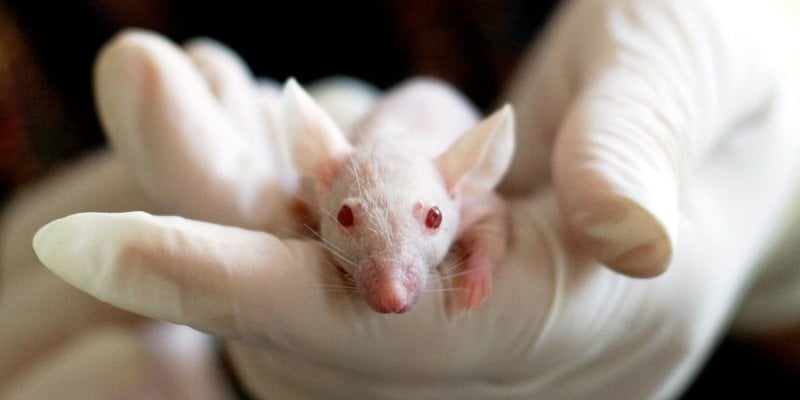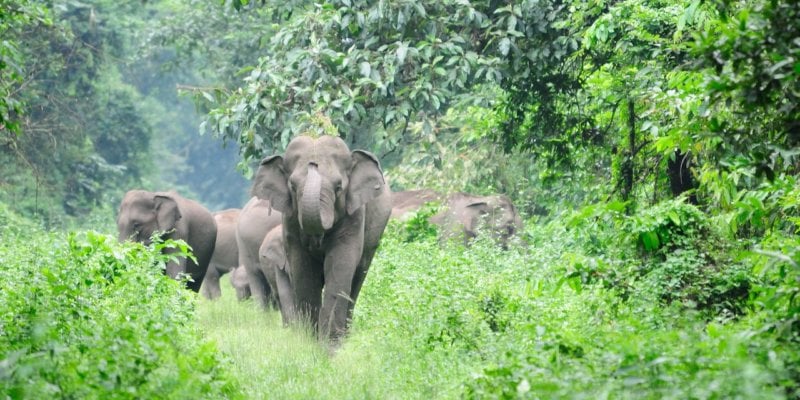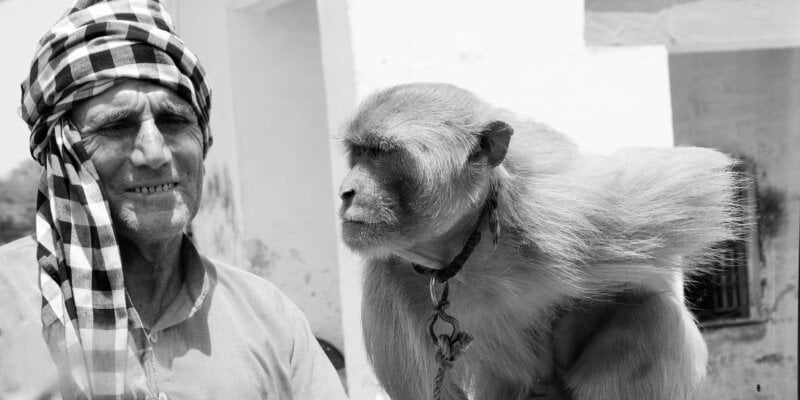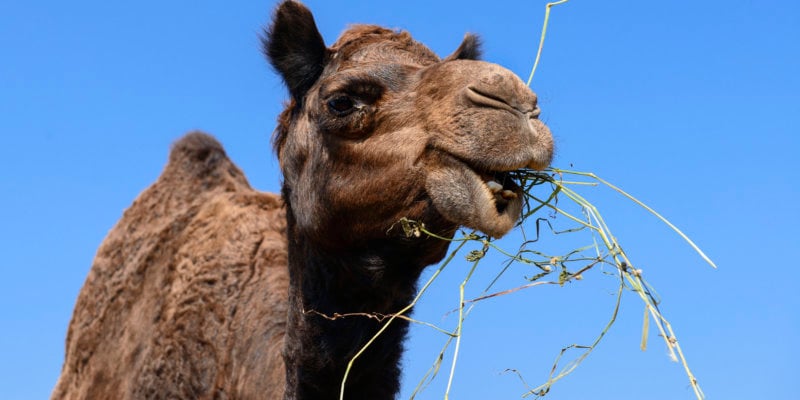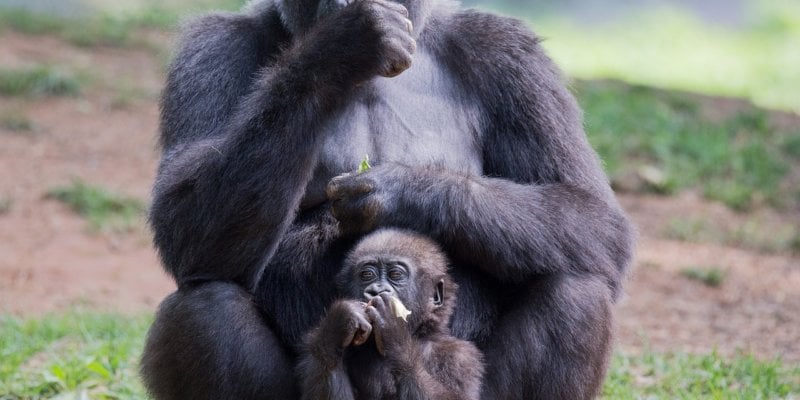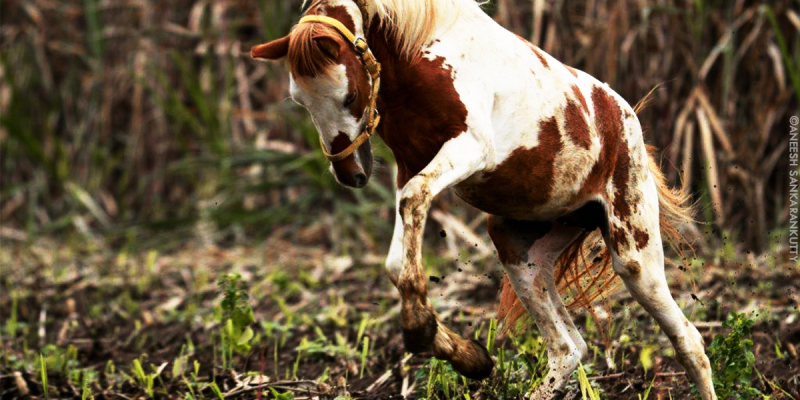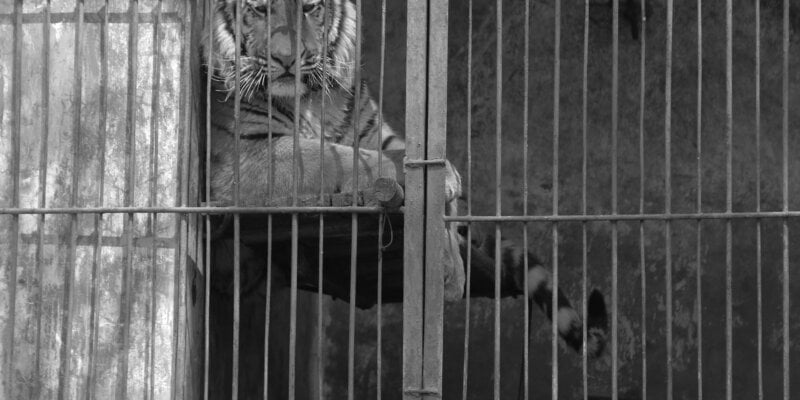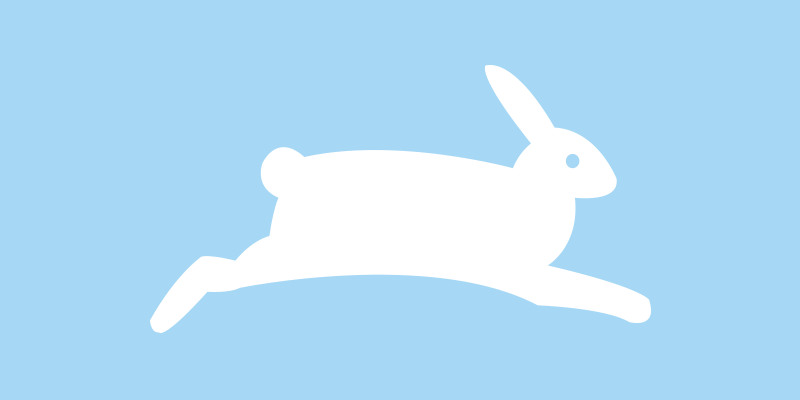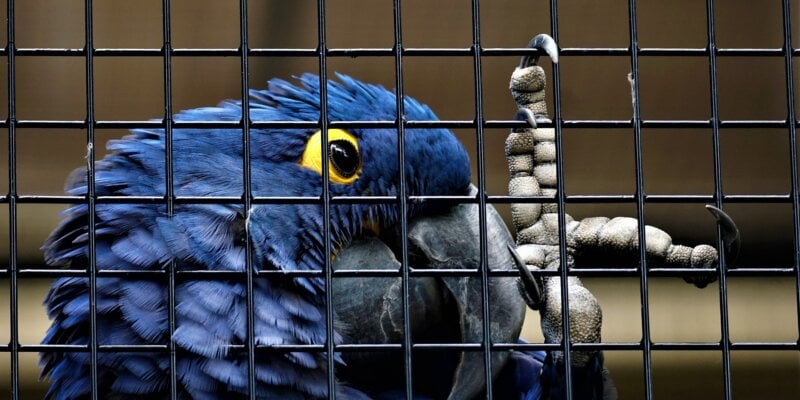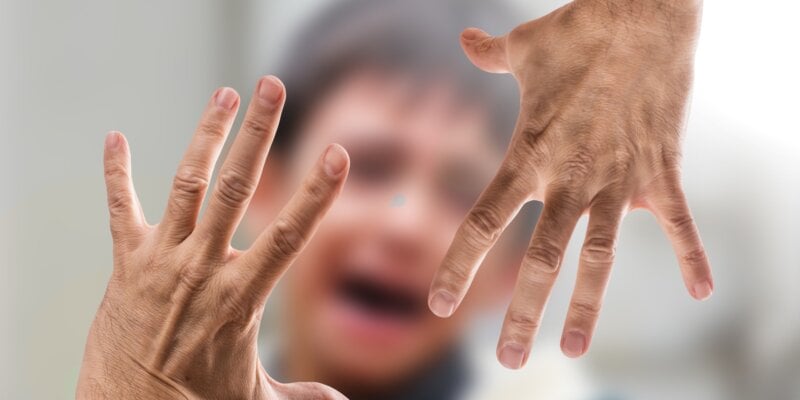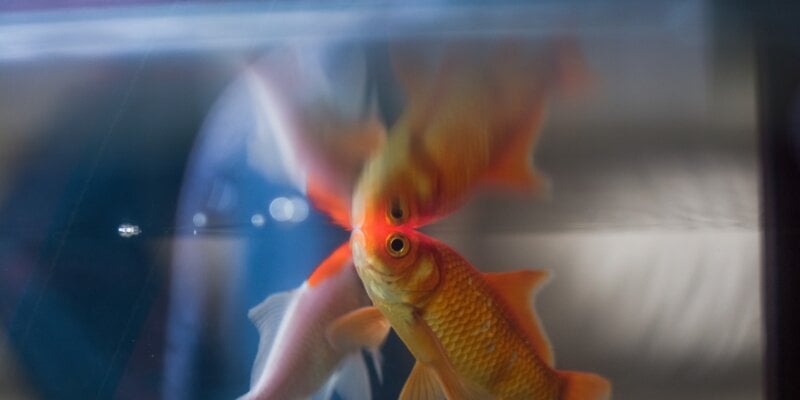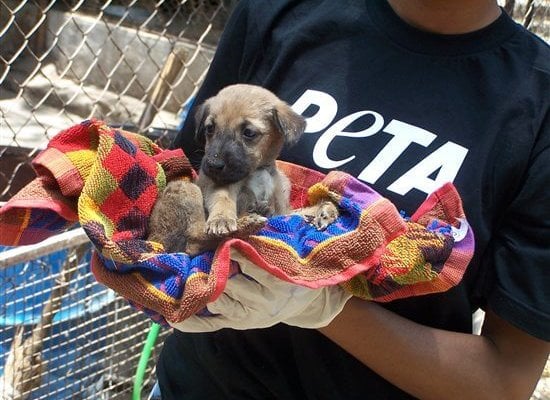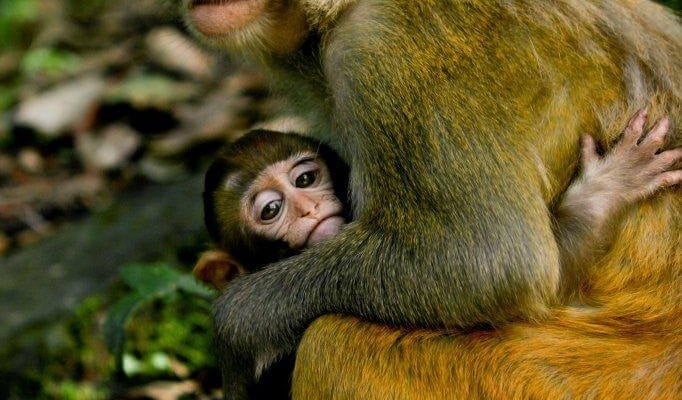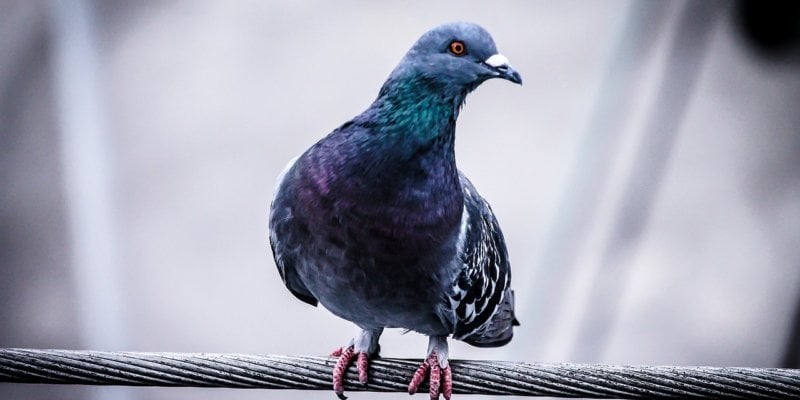What Happens to Sea Animals?
Marine animals feel pain and experience fear just as dogs, cats and humans do, but many people view sea animals as little more than swimming vegetables. Because people do not realise that they suffer, marine animals are subjected to unspeakable cruelty when they are caught on hooks or with nets, kept in live-animal markets or raised on fish farms. According to government figures, about 6 million metric tonnes of fish are slaughtered in India each year.
Fishers use huge boats and nets to catch tonnes of sea animals all at once. Fishing lines and nets make no distinction between target species and animals who are not targeted – they scoop up all animals in their paths. The unwanted animals, called “by-catch”, will be thrown back into the ocean – dead and dying – after the nets are pulled up and sorted. On some fishing boats, up to 90 per cent of the animals caught in the nets are by-catch.
Scientists have proved that fish are intelligent individuals who feel fear and pain when they are pulled from their underwater homes by fishers.
Animals trapped in fishers’ nets are dragged along the ocean floor for hours along with rocks and coral, grinding the scales off many fish and breaking off the legs of animals such as crabs. Some of the captives are squeezed so tightly against the sides of the nets that their eyes burst. When fish are hauled out of the water, the intense internal pressure from decompression may rupture their swim bladders, pop out their eyes and push their oesophagi and stomachs out through their mouths.
After using pickaxes to sort through the by-catch, fishers toss the animals they want to keep on ice to slowly freeze or be crushed to death when additional piles of fish are dumped on top of them. On some ships, the butchering begins immediately – the terrified fish are cut apart while they are still conscious. Billions of sea animals are killed this way each year by commercial fishers.
Common slaughter methods for fish include cutting their gills, beating them with clubs or simply draining the water from the tanks – all while the fish are still conscious.
Now that commercial fishers are emptying our oceans, entrepreneurs in India are opening fish farms. Fish on these farms are crammed by the thousands into ponds, tanks or mesh cages in coastal waters. Keeping so many animals in such small areas leads to extremely dense faecal contamination and deadly disease and parasite outbreaks. Fish, shrimp and other animals live in these disease-infested cesspools until they are large enough to be slaughtered. Common slaughter methods for fish include cutting their gills, beating them with clubs or simply draining the water from the tanks – all while the fish are still conscious.
What They Do Not Tell You About Sea Animals
Although they may seem alien to us, sea animals are smart and have impressive long-term memories, sophisticated social structures and the ability to use tools. Scientists have shown that marine animals gather information by eavesdropping, learn by watching one another and even build structures.Researchers now know that fish and other marine animals have the same capacity to feel pain as all animals have, including humans. Indeed, neurobiologists have long recognised that marine animals have nervous systems that comprehend and respond to pain, and anyone who has taken a biology class knows that fish, crabs and molluscs have nerves and brains that sense pain, just like other animals. Scientists also tell us that the brains and nervous systems of many sea animals closely resemble our own. For example, fish, like humans and other animals, have brain chemicals that relieve suffering – and the only reason for their nervous systems to produce painkillers is to relieve pain. Claiming that marine animals do not suffer is as intellectually and scientifically sound as arguing that the Earth is flat. Read more about sea animals.




